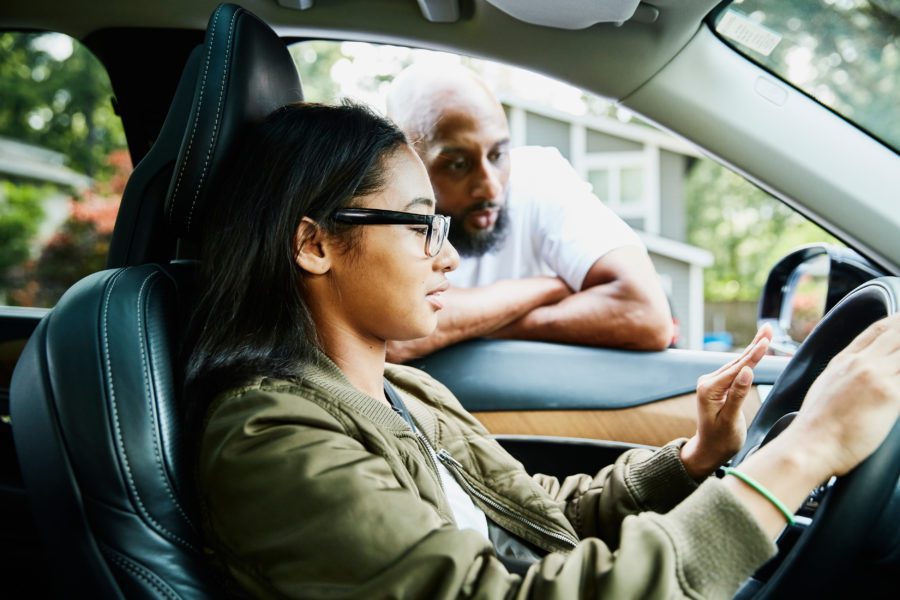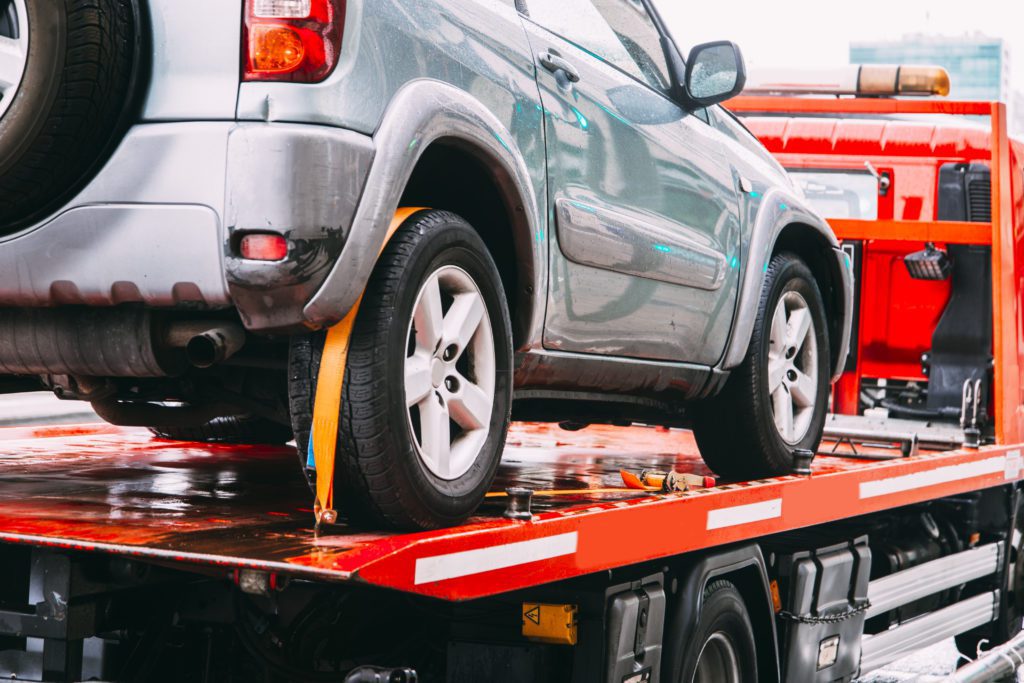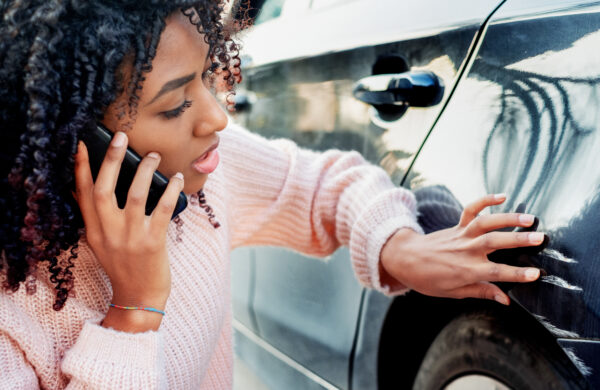As a car owner, you probably know all too well how expensive repairs can be. If your car is completely totaled, the cost of replacing your vehicle can put a major strain on your finances. In the meantime, you might not be able to get to work, pick up groceries or transport your family. If this sounds like a situation you’d rather avoid, you might be wondering about physical damage insurance. What is physical damage insurance? What does it cover and when do you need it? Keep reading for the answers.
What does physical damage insurance cover?
Auto insurance can be broken up into separate types of coverage that provide protection against several different types of losses. There are three main types of losses:
- Physical Damage to Your Car – Your own car can get damaged in many different ways. For example, you could accidentally crash into another car, causing damage to your own vehicle. You could also hit a pole, tree or other object, or your vehicle could be involved in a rollover accident. Criminal activity, such as vandalism and theft, and natural events, such as storms and wild animal encounters, can also cause damage to your car.
- Bodily Injury to Yourself and Your Passengers – If you are involved in a crash, whether or not you are at fault, you and your passengers may be injured. These injuries can result in medical costs as well as lost wages.
- Liability – If you accidentally cause a crash, it’s not just you, your passengers and your car that can be impacted. Third parties (such as the occupants of the other car) may also suffer losses, including both property damage and bodily injury. When this happens, you may be liable for the costs.
Physical damage insurance only covers physical damage to your own vehicle, up to the policy limits and under the policy terms. It does not provide coverage for bodily injury or for third-party losses. Insurance companies typically offer these coverages separately, but you can bundle your auto insurance coverages.
It’s also important to note that physical damage insurance provides coverage for loss events such as collisions, natural disasters and theft. It does not cover regular wear and tear or mechanical issues. If your car breaks down, the expenses will not typically be covered under your physical damage insurance policy.
Talk to an Auto Insurance Specialist
Do I need physical damage insurance?
States set their own auto insurance requirements. Most states require liability auto insurance with minimum coverage amounts for both bodily injury liability and property damage liability. Some states have additional car insurance requirements.
However, states do not typically require drivers to carry physical damage insurance for their own vehicles.
This doesn’t mean you don’t need coverage. If you have a car loan, your lender will likely require physical damage insurance. This is a smart protection because without it, you could end up owing a substantial sum of money for a car that has been completely totaled.
If you have paid your car in full, you may still decide that physical damage insurance is worth the investment.
To decide, think about what would happen if your car needed major repairs, or if you had to replace it. Would you be able to cover the costs out of pocket? Also consider how much your vehicle is worth. Are the insurance premiums you’d have to pay for physical damage insurance a reasonable expense given the value of your car?
Collision and Comprehensive Insurance
Physical damage is often covered under two separate car insurance policies: comprehensive insurance and collision insurance.
- Collision insurance covers damage to the policyholder’s vehicle after collision with an object, such as another vehicle, a fence or a pole. It can also cover damage that occurs in a rollover accident or if your car hits a pothole.
- Comprehensive insurance covers many other loss events that can impact your vehicle. These losses can include theft, vandalism, fire, hail damage, flood damage, fallen objects and encounters with wild animals.
Comprehensive and collision are separate coverage types, but they are often sold together. Investopedia says that combined physical damage insurance combines comprehensive and collision coverage into one policy.
How much does physical damage insurance cost?
The amount you pay for physical damage car insurance will depend on several factors, including your vehicle, your location and your driving history. Different car insurance companies may offer you different rates, so it can pay to compare car insurance quotes.
The deductible can also impact your insurance premium. The deductible is the amount that you will have to pay out of pocket when you experience a claim. By choosing a high deductible, you can lower your monthly premium cost.
On the other hand, if you choose a low deductible, your monthly premium cost will be higher.
But think twice before choosing a very high deductible. Although this may make your car insurance more affordable now, the decision can come back to bite you if you have to file a claim and you don’t have money set aside for the deductible.
For example, if you select a $1,000 deductible, you will have to pay $1,000 out of pocket if you file a claim. Think about what this will mean for you. If your car is damaged in crash and you need repairs, will you be able to afford to pay $1,000? When deciding on a deductible, think about both the short-term and long-term consequences.
Filing a Physical Damage Claim
If you experience a loss, you will need to notify your insurance company as soon as possible. If the loss is covered, your insurance company should cover the cost for the repairs, up to the policy limit and minus the deductible.
What if your car is totaled or stolen? Physical damage insurance policies provide coverage for actual cost value. If your car is a complete loss, you may be reimbursed for the current value, minus the deductible, not the replacement cost. Because vehicles depreciate in value quickly, the current value may be less than the replacement cost. Some drivers purchase gap insurance coverage to make up this difference.
Getting Help with Your Insurance Needs
If you’re like most people, you probably have a lot of questions about car insurance. What is physical damage insurance? What other car insurance coverage types do you need? Higginbotham is here to help. Learn more.






